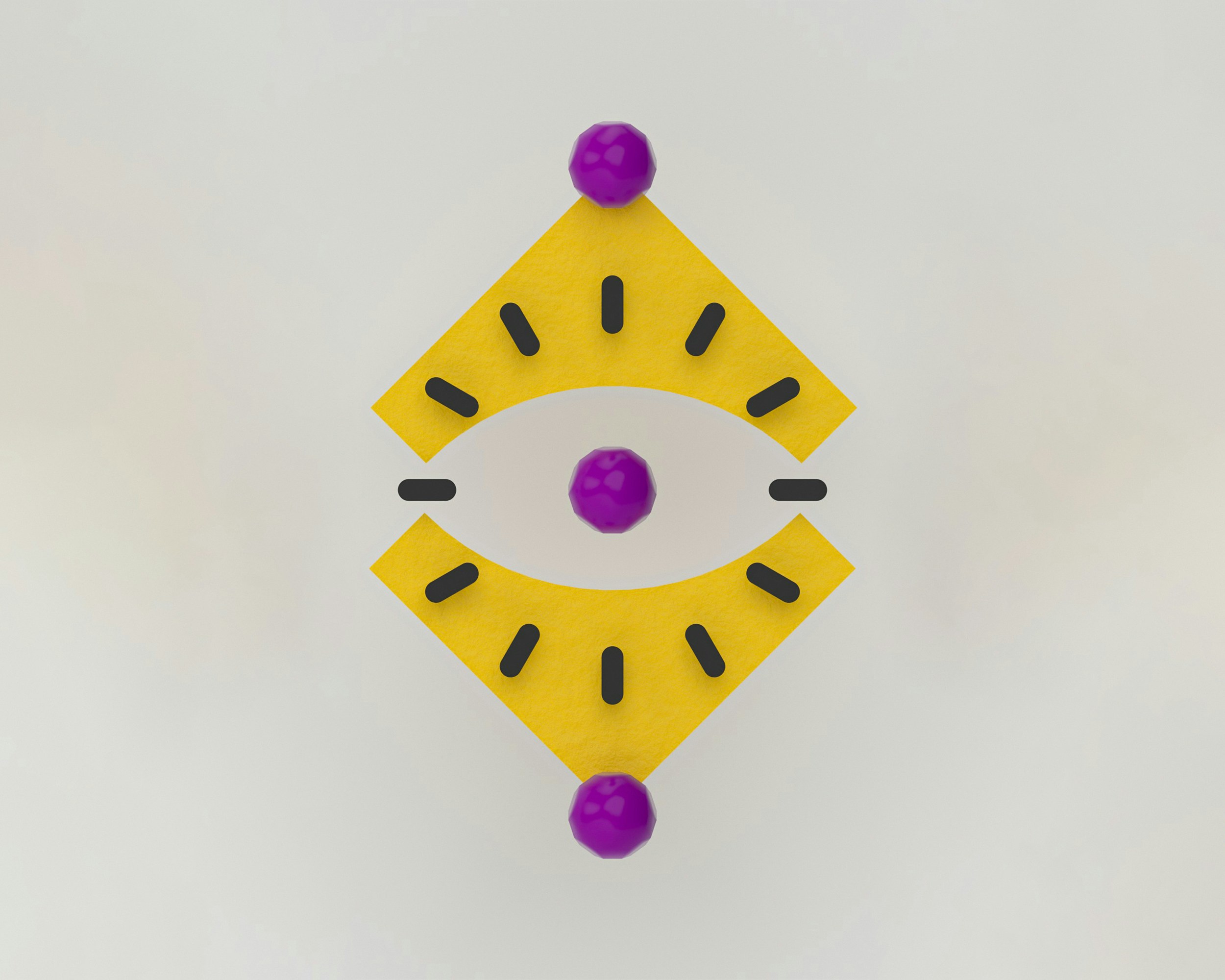Heraldry


Every day we see dozens of logos. Some are instantly memorable, while others remain unnoticed. What makes the difference? Often, it is that memorable logos use principles tested for centuries. Heraldry is a system for creating coats of arms that originated in the Middle Ages. Today, these principles help design logos that are effective even in the era of neural networks and digital branding.
Modern designers turn to heraldry for good reason. For centuries, coats of arms served as a way of instant identification. A knight in armor had to be recognizable from afar. A company in today’s world faces the same challenge — to stand out among competitors and remain in the memory of clients.
What is Heraldry
Heraldry is a system of rules for creating, describing, and using coats of arms. It arose in the 12th century in Western Europe. Initially, coats of arms served as identifying signs on the battlefield. Knights covered their armor with bright patterns so that allies could distinguish them in battle.
Gradually, coats of arms became hereditary. They turned into symbols of families, cities, or states. Strict rules were developed for every element of a coat of arms. These rules were not random — they were based on the principles of visual perception.
Today, heraldry is applied not only to state symbols. The principles of creating coats of arms are used in developing company logos. Heraldic elements help give a brand solidity, history, and recognition.
The History of Heraldic Traditions
The first coats of arms appeared during the Crusades. Knights from different countries gathered together and needed a way to distinguish allies from enemies. Bright symbols on shields solved this task.
By the 13th century, the main rules of heraldry had been established. Special positions appeared — heralds — who monitored compliance with these rules. They also wrote descriptions of coats of arms and kept their registers.
In the Renaissance era, heraldry became more complex. Simple symbols were enriched with intricate compositions consisting of many elements. Yet the fundamental principles remained unchanged — contrast, legibility, symbolism.
The Main Elements of a Coat of Arms
Understanding the elements of a coat of arms helps apply heraldic principles in modern design.
The Shield as the Basis of Composition
The shield is the central part of the coat of arms. The main symbols are placed on it. Heraldry knows several shield shapes. The French shield has a rounded base. The German one has a pointed bottom. The English one is rectangular with rounded lower corners.
The shield may be divided into parts. A vertical division is called “per pale.” A horizontal division is “per fess.” A diagonal division is “per bend.” Each part may have its own color and symbols.
In logos, the role of the shield is often played by the main shape. This may be a circle, square, or more complex figure. The key is that it should serve as a clear frame for other elements.
Heraldic Figures
Heraldic figures are divided into two types.
The first are heraldic ordinaries — simple geometric elements. A chief is a horizontal band at the top of the shield. A fess is a horizontal band in the middle. A pale is a vertical band. A bend is a diagonal band.
The second type are charges — depictions of animals, plants, objects, or celestial bodies. A lion symbolizes courage. An eagle — power and greatness. An oak — strength. A rose — beauty and love.
When creating a logo, it is important to select figures that reflect the brand’s values. A bank may use an image of a fortress — a symbol of reliability. An IT company — a lightning bolt, a symbol of speed and energy.
Colors in Heraldry
Heraldic colors are divided into tinctures and metals. Tinctures include red, blue, green, purple, and black. Metals include gold and silver. In modern printing, gold is replaced by yellow, and silver by white.
The main rule of heraldry is that tincture must not be placed on tincture, nor metal on metal. This ensures strong contrast and legibility of the coat of arms from afar.
Each color has symbolic meaning.
- Red — courage and love
- Blue — loyalty and truth
- Green — hope and joy
- Purple — dignity and generosity
- Black — wisdom and sorrow
- Gold — wealth and justice
- Silver — purity and peace
Additional Elements of a Coat of Arms
In addition to the shield, a coat of arms may include external ornaments.
A helmet is placed above the shield. Its form and position indicate the rank of the owner. A crown or other headgear also denotes rank.
A crest is a figure placed on the helmet, often repeating the main figure of the shield. Mantling are stylized cloth pieces flowing down the sides of the helmet.
Supporters are figures of people or animals holding the shield from the sides. A motto is a short phrase placed on a ribbon under or above the coat of arms.
In modern logos these elements are used in simplified form. A motto may become a company slogan. Supporters may turn into decorative elements at the edges of a logo.
Heraldic Symbols and Their Meaning
Understanding heraldic symbolism helps create logos with deep meaning. Each element of a coat of arms carries a specific message.
Animal Symbolism
- Lion — the king of beasts in heraldry. Symbolizes courage, generosity, strength. Shown in different poses.
- Leopard — a lion in profile with its head turned toward the viewer. Denotes bravery and swiftness.
- Eagle — symbolizes power, vision, swiftness. A double-headed eagle means empire, dominion over East and West.
- Falcon — beauty and bravery.
- Raven — longevity and wisdom.
- Bear — strength and prudence.
- Wolf — loyalty and victory over enemies.
- Boar — courage and fearlessness.
- Deer — nobility and purity.
Plant Symbolism
- Oak — strength and endurance.
- Laurel — glory and victory.
- Olive branch — peace and wisdom.
- Rose — beauty, love, hope.
- Lily — purity and innocence.
- Shamrock — faith, hope, and love.
- Grapevine — abundance and joy.
- Palm — righteousness and triumph.
- Cypress — sorrow and eternal memory.
- Wheat — fertility and wealth.
Objects and Weapons
- Sword — justice and protection.
- Spear — readiness for battle.
- Arrows — speed and accuracy.
- Shield — defense and security.
- Keys — knowledge, power, trust.
- Scales — justice and law.
- Anchor — hope and constancy.
- Crown — power and dignity.
- Book — knowledge and wisdom.
- Torch — enlightenment and pursuit of truth.
- Wheel — diligence and progress.
Application in Branding
When selecting symbols for a logo, it is important to consider the company’s field of activity. A bank may use a castle — a symbol of reliability. A law firm — scales of justice. An educational institution — an owl, symbol of wisdom.
Symbols must be clear to the target audience. In different cultures, the same animal may have different meanings. A dragon in European tradition means evil and destruction, while in Chinese tradition — wisdom and luck.
Principles of Heraldry in Modern Design
Heraldic principles adapt to modern requirements. A logo must look good on a smartphone screen and on a billboard.
Minimalism and Stylization
Modern logos strive for simplicity. Complex heraldic compositions are reduced to essential elements. A detailed lion turns into a stylized silhouette.
The number of colors is minimized. Instead of traditional heraldic tinctures, colors aligned with the company’s brand identity are used.
Small details are removed. A logo must remain legible even at very small sizes. The heraldic principle — recognizability from a distance — remains relevant.
Meaning in Every Element
In heraldry, every detail has meaning. The same applies to modern logos. Every element should carry semantic weight or perform a compositional role.
Random decorations and ornaments are excluded. Only what serves the brand’s idea remains. This makes the logo more memorable and convincing.
Compositional Balance
Heraldry developed principles of harmonious composition. Symmetry creates a sense of stability. Asymmetry adds dynamism.
The central figure must be dominant. Secondary elements should not distract from it. Proportions must be balanced.
Legibility and Contrast
The main heraldic rule of contrast remains vital. A logo must be readable on different backgrounds.
When designing a logo, it is worth checking how it looks in black and white. If legibility is lost, the contrast of forms must be strengthened.
Neural Networks and the Heraldic Legacy
The development of artificial intelligence opens new opportunities for applying heraldic principles in design.
Generation of Heraldic Elements
Neural networks can create multiple variations of coats of arms from text descriptions. A designer specifies desired symbols and style, and AI generates options.
This speeds up the search for ideas. From hundreds of generated options, the most successful can be selected and refined.
Automatic Symbol Selection
AI can analyze a company’s description and suggest appropriate heraldic symbols. For a sports brand — symbols of strength and speed. For an educational brand — knowledge and wisdom.
This helps designers unfamiliar with heraldic symbolism to create meaningful logos.
Stylization and Adaptation
Neural networks can stylize classical heraldic elements for modern requirements. A complex coat of arms can be turned into a minimalist logo while preserving its main idea.
AI can generate logo versions for different mediums. A detailed version for print and a simplified one for mobile apps.
Tools for Creating Heraldic Logos
There are several neural networks specializing in generating heraldic-style logos. They are trained on thousands of historical coats of arms and modern brands.
Ironov allows image creation from text prompts. For high-quality results, prompt formulation is crucial.
Specialized logo-making tools such as Logomaker and Tailor Brands also use AI elements. They offer ready-made templates in heraldic style, but in this case there is no guarantee of uniqueness .
Examples of Successful Heraldic Logos
Many well-known brands use heraldic principles in their logos.
Automotive Brands
Porsche — based on the coat of arms of the city of Stuttgart and the state of Baden-Württemberg. At the center is a rearing horse, symbol of Stuttgart. Around it — antlers and red-and-black stripes from the state coat of arms.
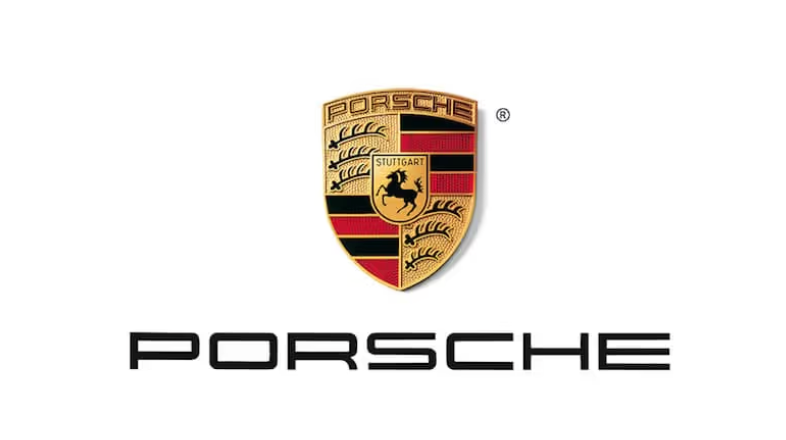
Lamborghini — uses a bull, a reference to the founder’s astrological sign and a symbol of power. The shield-shaped logo emphasizes heraldic roots.
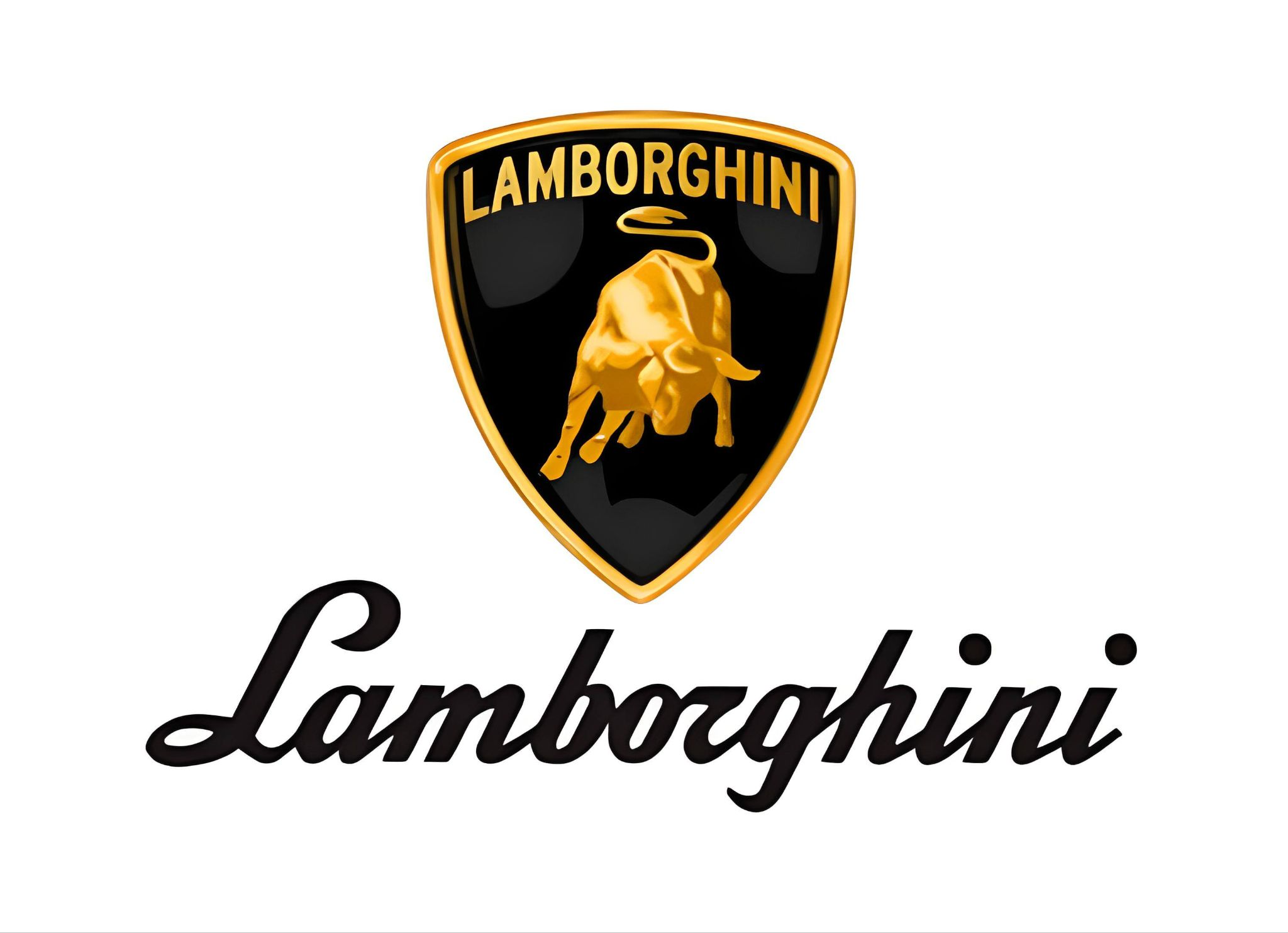
Source: Google images
Financial Institutions
Many banks use heraldic elements to convey reliability and stability. Shields, crowns, lions — traditional symbols of power and protection.
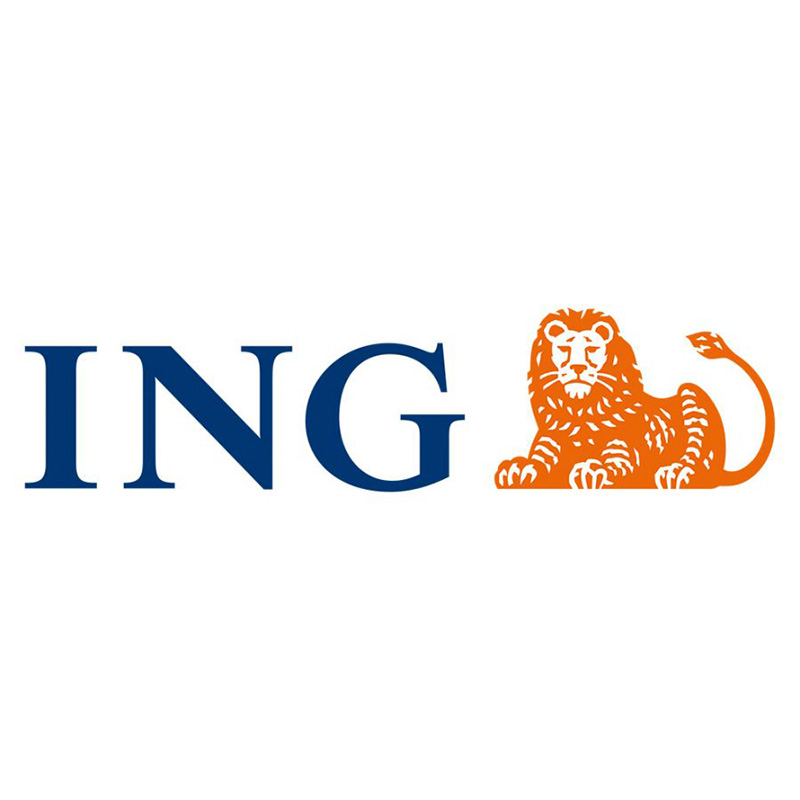
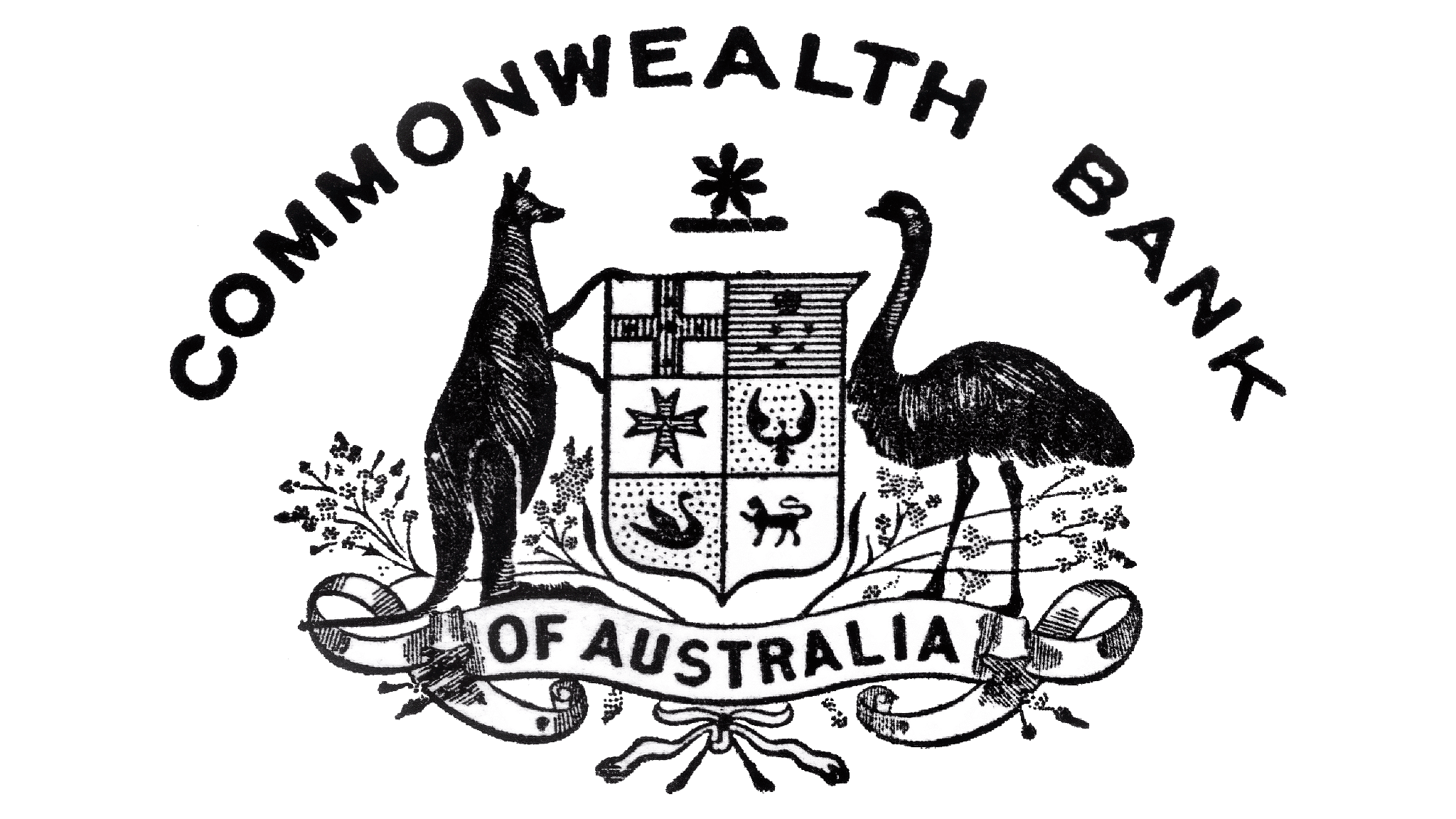
Source: Google images
Sports Clubs
Football clubs often use heraldic elements. FC Barcelona’s logo includes the coats of arms of Catalonia and Barcelona. Its blue and red colors come from the Catalan flag.
Real Madrid uses a crown in its logo — a reference to royal patronage. The white color symbolizes purity and nobility.
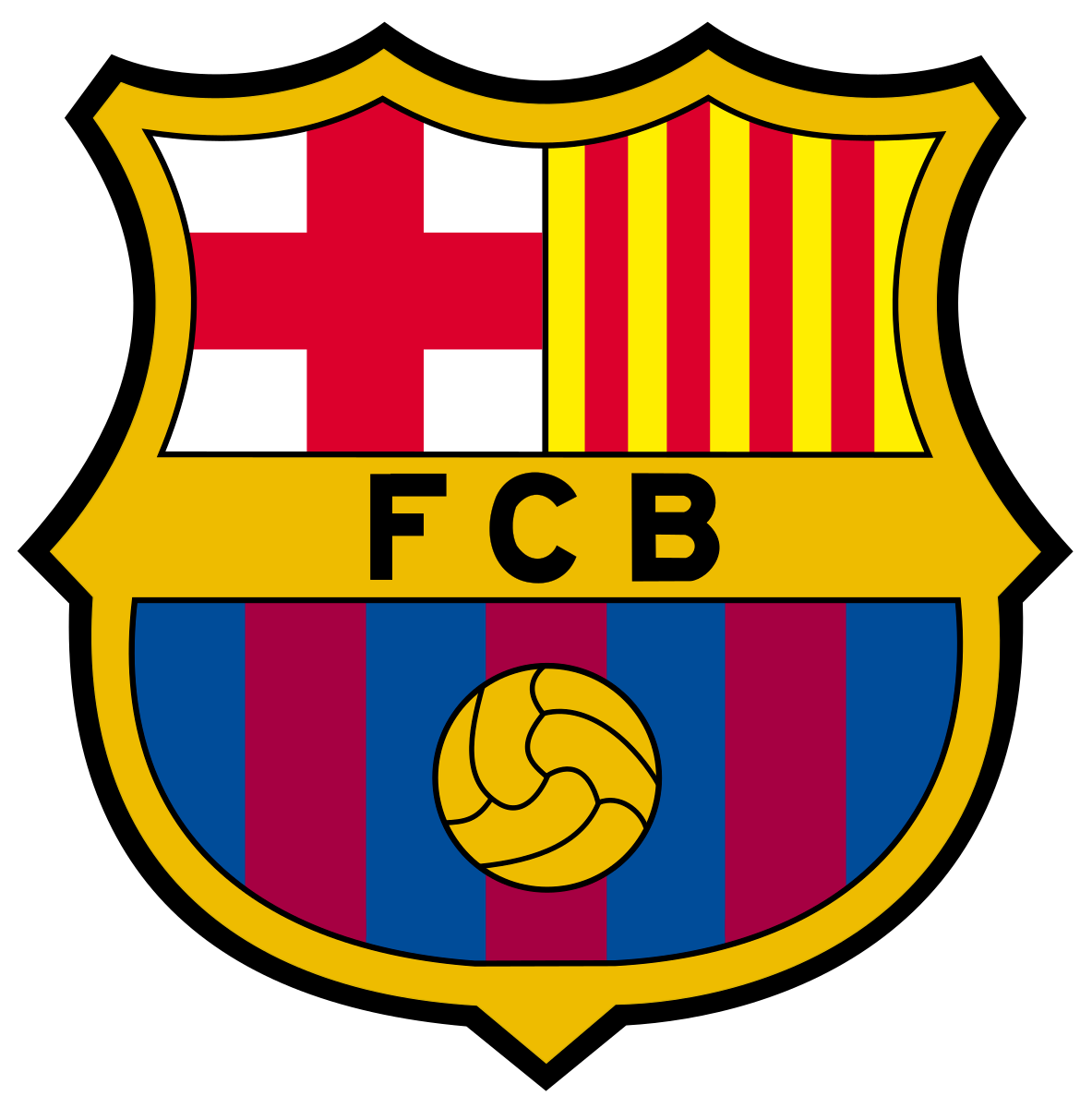
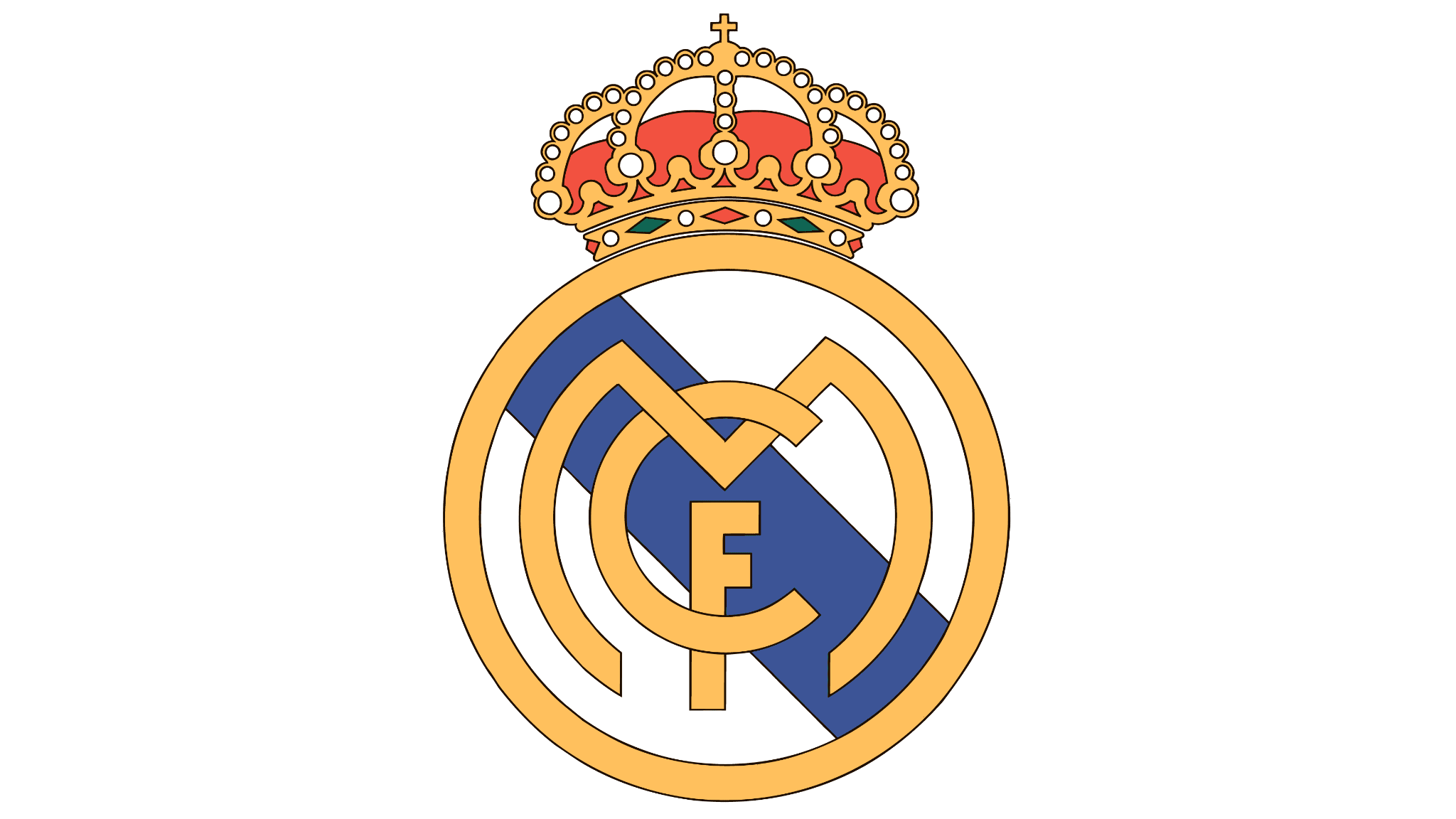
Source: Google images
Educational Institutions
Universities often adopt heraldry in their logos. Books, torches, owls — traditional symbols of knowledge.

Source: Google images
Practical Recommendations for Application
When creating a logo using heraldic principles, it is worth following several rules.
Study of the Target Audience
Different cultures perceive symbols differently. A dragon may mean evil in Europe and wisdom in Asia. It is important to account for the market where the brand will operate.
Age also affects perception. Young people may not understand complex heraldic symbolism. For this audience, simpler, modern interpretations are better.
Relevance to the Field of Activity
Heraldic symbols should reflect the company’s industry. A medical organization may use symbols of health and healing. An IT company — symbols of speed and innovation.
Military symbols should not be used for peaceful industries. Swords and spears may create negative associations.
Testing and Adaptation
A logo must be tested on different media. It should look good both on a business card and on a billboard, in color and in black and white.
It is useful to create several versions of a logo. A full version with extra elements for official documents, and a simplified version for everyday use.
In Conclusion
Heraldry offers a rich resource for creating memorable logos. Principles developed over centuries help design visual images that work in any era. The key is to adapt them wisely to modern requirements and technologies.
Neural networks open new opportunities for using heraldic heritage. They help generate ideas, select symbols, and create stylized versions. But creative interpretation and understanding of principles remain with humans.
Heraldry is not just beautiful images from the past. It is a system of rules for creating symbols that are instantly recognizable and long remembered. In a world overflowing with visual information, such symbols become especially valuable.
